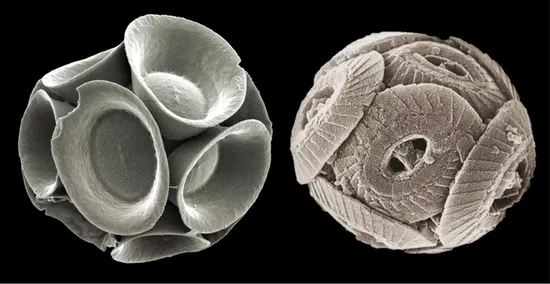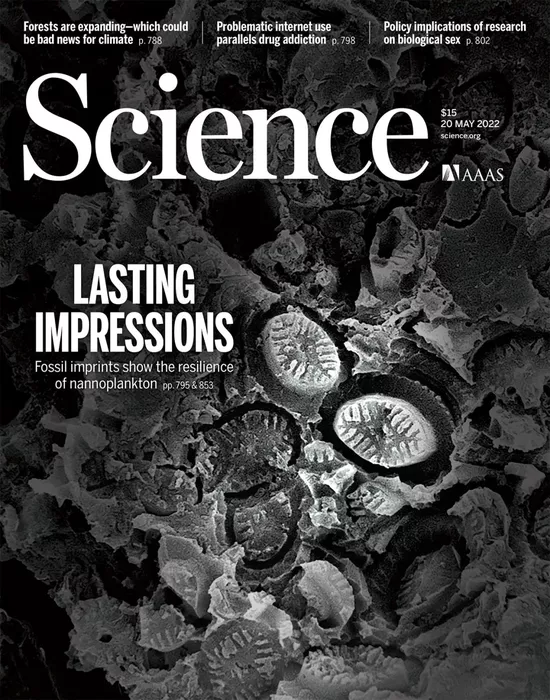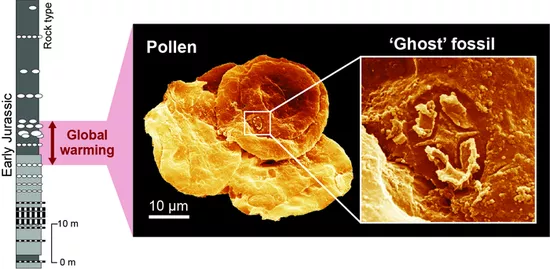Chlorella is a common phytoplankton in the ocean. Perhaps few people understand the existence of such organisms, but it is these micro organisms that are invisible to the naked eye that control the fate of marine organisms: they are one of the most important oxygen producers on earth, and they are also an important cornerstone of marine ecosystems.
However, global climate change may affect the survival of Chlorella. You know, their bones are made of calcium carbonate. When a large amount of carbon dioxide emitted by human activities enters the ocean through the atmosphere, the acidic seawater accelerates the dissolution of calcium carbonate.

▲ each "disc" is a chlorella (photo source: nannotax https://www.mikrotax.org/nannotax3/)
We want to know how these vital creatures will be affected in the future marine environment? How strong can they bear the acidification of seawater, and what impact will it have on the ocean in turn?
To predict the future, one idea is to find the answer from history. There have been many global warming events in the history of the earth. Previous fossil records show that the content of Chlorella decreased significantly during global warming, indicating that they are seriously affected by climate warming and ocean acidification.
However, the cover of the latest issue of science puts forward a new point of view: instead of disappearing, Chlorella is hidden on the surface of other fossils like a "ghost". The discovery of marine fossils will help us to resist the impact of climate change in the future.

Although Chlorella is small in size, it is extremely abundant in today's oceans. After death, their calcareous shells sink into the sea floor and accumulate to form rocks. The team studied three warming events in Earth's history (Jurassic and Cretaceous respectively). In previous paleontological studies, it was difficult for scientists to find Coccolithophore fossils in the rock records of these periods, so they thought that the Coccolithophore community collapsed in acidified seawater.
However, the latest research has found the marks left by Chlorella in the fossils of organic matter such as pollen.
"The conditions in which these 'ghost' fossils are preserved are impressive," said Professor Paul bown of University College London, one of the authors of the paper. "They are very small, with a diameter of only 5 microns, less than one tenth the diameter of human hair. Although these Chlorella have been dissolved themselves, the details of their imprints on the pollen are clearly visible."
These "ghost" fossils were formed when the sediments on the seabed were transformed into rocks. The pressure of the sediments above pressed the Chlorella into the surface of organic matter such as pollen and spores. Then the acidic seawater in the rocks dissolved the Chlorella, but their marks on the surface of organic matter remained.

According to the latest research, in these three warming events, Chlorella is rich in content and diverse in species. Such "ghost" fossils may be very common in geological records, but they are always ignored because of their unexpected preservation.
Professor vivi Vajda of the Swedish Museum of natural history, another author of the paper, said: "usually, when paleontologists can't find Coccolithophore fossils, they think these phytoplankton communities have collapsed. But these 'ghost' fossils tell us that the fossil record sometimes deceives us. There are also unexpected ways to preserve these calcareous plankton."
What impact will this conclusion have on the ocean?
Researchers say that in the historical warming events, there will be a "dead zone" at the bottom of the sea: the oxygen concentration here is very low, resulting in the death of a large number of marine organisms. According to the latest conclusion of this study, plankton still breed in large numbers in these periods. After they die, they sink to the sea floor and need to consume a lot of oxygen at the bottom. Therefore, the ocean "dead zone" is likely to be more common than expected. This inevitably worries us: with the continuous global warming, life in the depths of the ocean may face extremely harsh living conditions
reference material:
[1] Sam M。 Slater et al。, Global record of “ghost” nannofossils reveals plankton resilience to high CO2 and warming。 Science (2022) DOI: 10.1126/science.abm7330
[2] Discovery of ‘ghost’ fossils reveals plankton resilience to past global warming events。 Retrieved May 19, 2022 from https://www.eurekalert.org/news-releases/952860